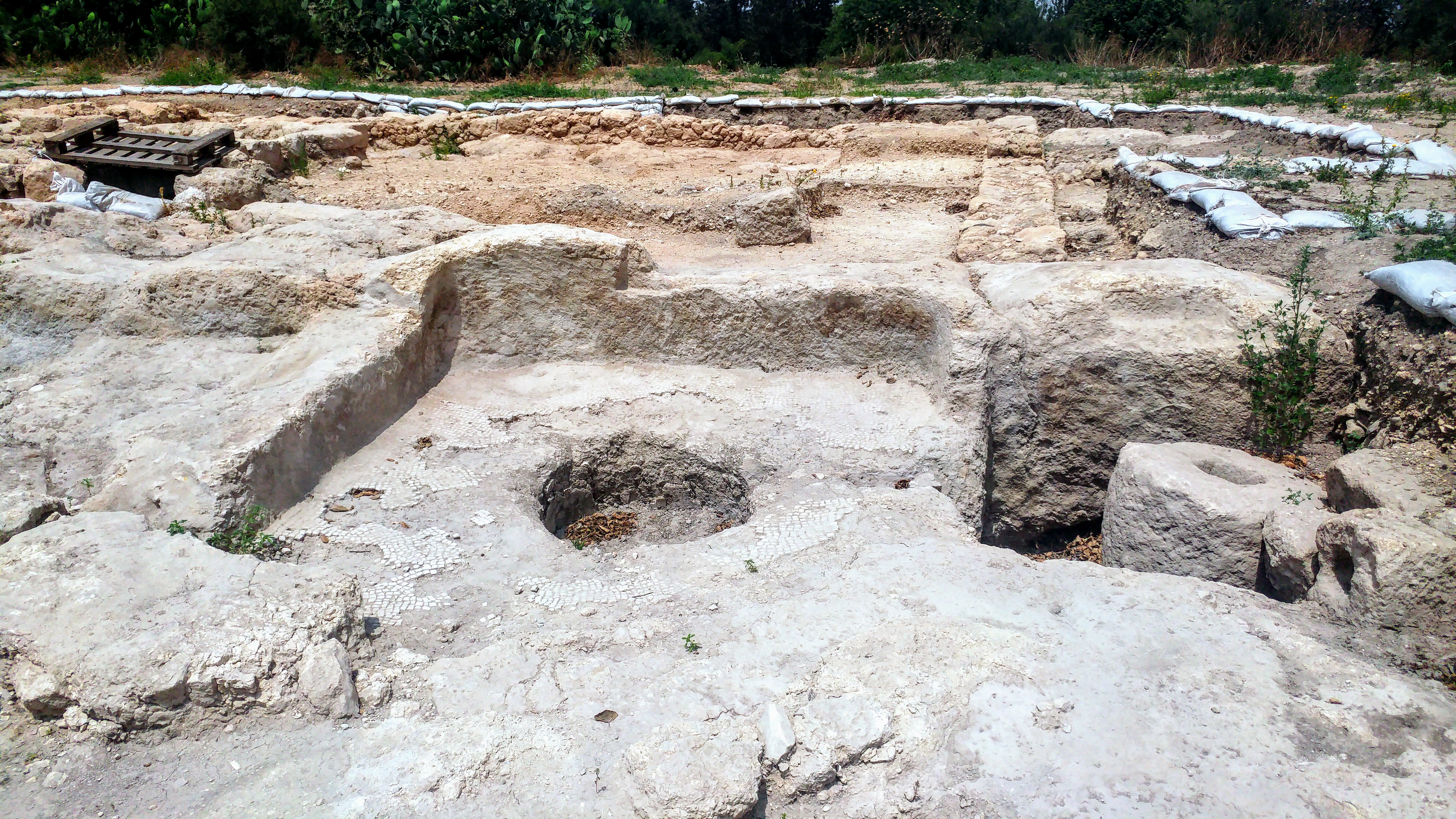|
Judah Ha-Nasi
Judah ha-Nasi ( he, יְהוּדָה הַנָּשִׂיא, ''Yəhūḏā hanNāsīʾ''; Yehudah HaNasi or Judah the Prince) or Judah I, was a second-century rabbi (a tanna of the fifth generation) and chief redactor and editor of the ''Mishnah''. He lived from approximately 135 to 217 CE. He was a key leader of the Jewish community during the Roman occupation of Judea. Name and titles The title ''nasi'' was used for presidents of the Sanhedrin. He was the first ''nasi'' to have this title added permanently to his name; in traditional literature he is usually called "Rabbi Yehuda ha-Nasi." Often though (and always in the Mishnah), he is simply called "Rabbi" (), the master par excellence. He is occasionally called "Rabbenu" (= "our master"). He is also called "Rabbenu HaQadosh" (, "our holy Master") due to his deep piety. Biography Youth Judah the Prince was born in 135 CE to Simeon ben Gamliel II. According to the Talmud he was of the Davidic line. He is said to have ... [...More Info...] [...Related Items...] OR: [Wikipedia] [Google] [Baidu] |
Catacomb No
Catacombs are man-made subterranean passageways for religious practice. Any chamber used as a burial place is a catacomb, although the word is most commonly associated with the Roman Empire. Etymology and history The first place to be referred to as ''catacombs'' was the system of underground tombs between the 2nd and 3rd milestones of the Appian Way in Rome, where the bodies of the apostles Peter and Paul, among others, were said to have been buried. The name of that place in Late Latin was L.L. fem. nom. pl. n. ''catacumbas'' (sing. ''catacumba'') a word of obscure origin, possibly deriving from a proper name or a derivation of the Latin phrase ''catatumbas'', "among the tombs". The word referred originally only to the Roman catacombs, but was extended by 1836 to refer to any subterranean receptacle of the dead, as in the 18th-century Paris catacombs. The ancient Christians carved the first catacombs from soft tufa rock. (ref)" (World Book Encyclopedia, page 296) All Roman ca ... [...More Info...] [...Related Items...] OR: [Wikipedia] [Google] [Baidu] |
Usha (city)
Usha () was a city in the Western part of Galilee. The Arab village of Hawsha later occupied the ruins of the old site. The modern kibbutz of Usha, Israel is located nearby to the ruins. History The site came to renown in the 2nd century (c. 135), after the Hadrianic persecutions, when the Sanhedrin, or rabbinic court, was moved from Yavne in Judea to Usha, and then from Usha back to Yavne, and a second time from Yavne to Usha.Simon, Maurice, ed. (1990). ''Hebrew-English Edition of the Babylonian Talmud (Seder Moed), Rosh Hashanah, Beẓah, Sheḳalim''. The Soncino Press: London, s.v. ''Rosh Hashanah'' 31b (note 6, citing Horowitz, ''Palestine'', p.34) The Sanhedrin is thought to have continued there until it was dissolved during the reign of Verus, and re-established in Shefar'am under Marcus Aurelius. The final settlement in Usha indicates the ultimate spiritual supremacy of Galilee over Judea, the latter having become depopulated after the Second Jewish Revolt. Usha was als ... [...More Info...] [...Related Items...] OR: [Wikipedia] [Google] [Baidu] |
Sifre
Sifre ( he, סִפְרֵי; ''siphrēy'', ''Sifre, Sifrei'', also, ''Sifre debe Rab'' or ''Sifre Rabbah'') refers to either of two works of ''Midrash halakha'', or classical Jewish legal biblical exegesis, based on the biblical books of Numbers and Deuteronomy. The Talmudic era Sifre The title ''Sifre debe Rav'' (lit. "the books of the school of Rav") is used by Chananel ben Chushiel, Isaac Alfasi, and Rashi; it occurs likewise in Makkot 9b. The 8th century author of Halachot Gedolot names four "exegetical books belonging to the Scribes" (Heb. ''Midrash sofrim'') and which, in all appearances, seem to refer to "Sifre debe Rav" and which comprised the following compositions: 1) ''Genesis Rabbah'' 2) '' Mekhilta'' (on Exodus), 3) ''Sifrei'' (on Numbers) and 4) ''Sifrei'' (on Deuteronomy). Regarding the reference in Sanhedrin 86a to the Sifre of Rabbi Simeon, see Mekhilta of Rabbi Shimon; the question has likewise been raised whether, in view of the well-known close relation th ... [...More Info...] [...Related Items...] OR: [Wikipedia] [Google] [Baidu] |

